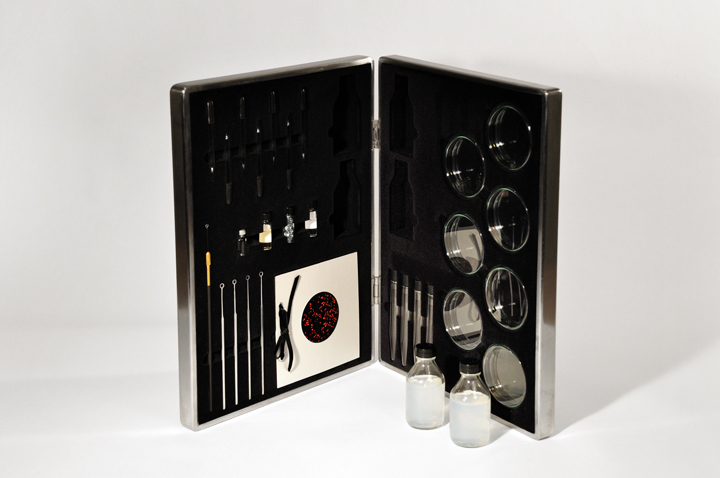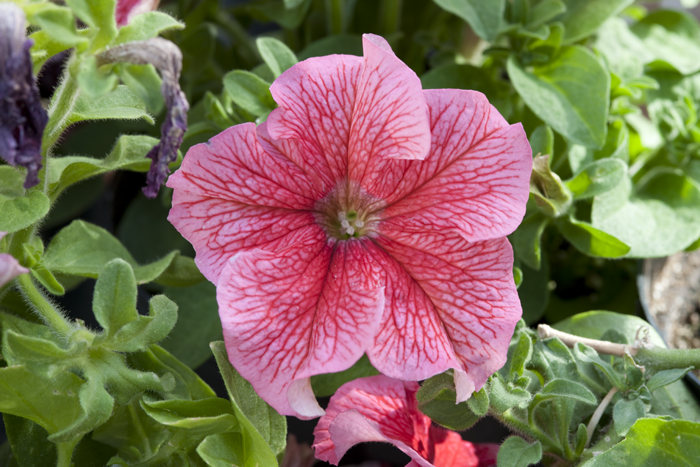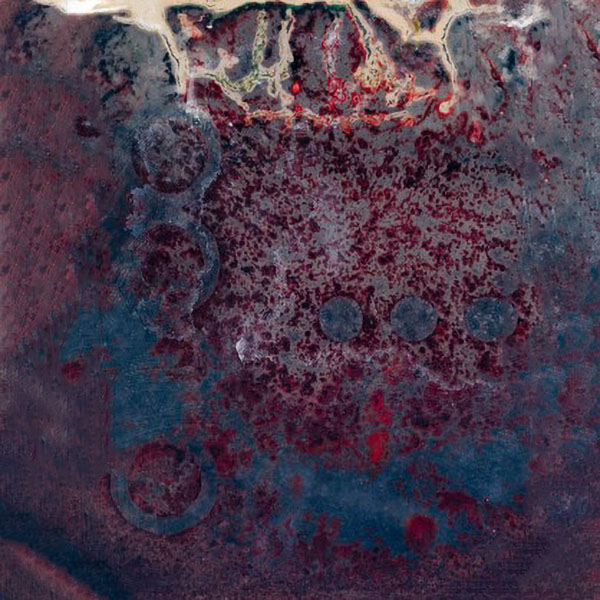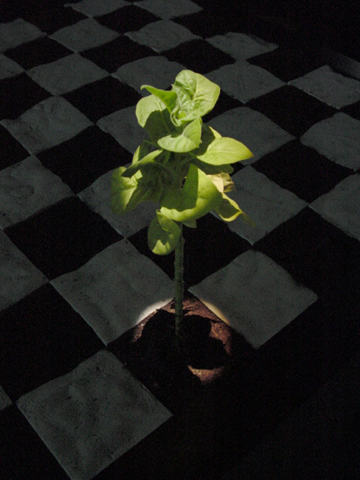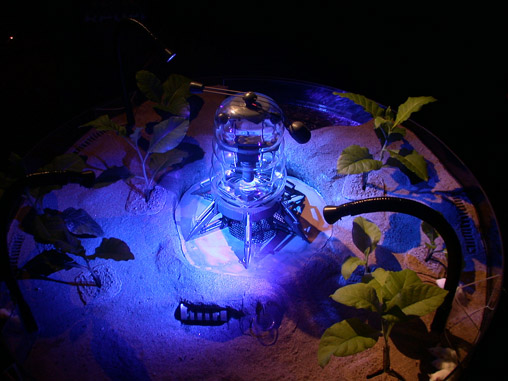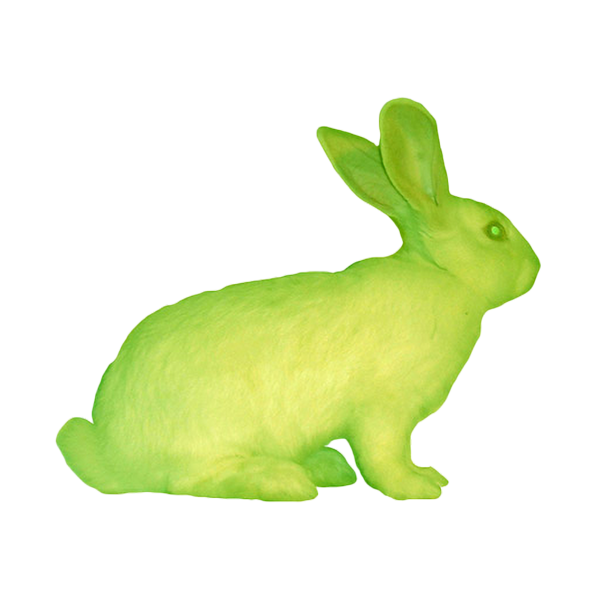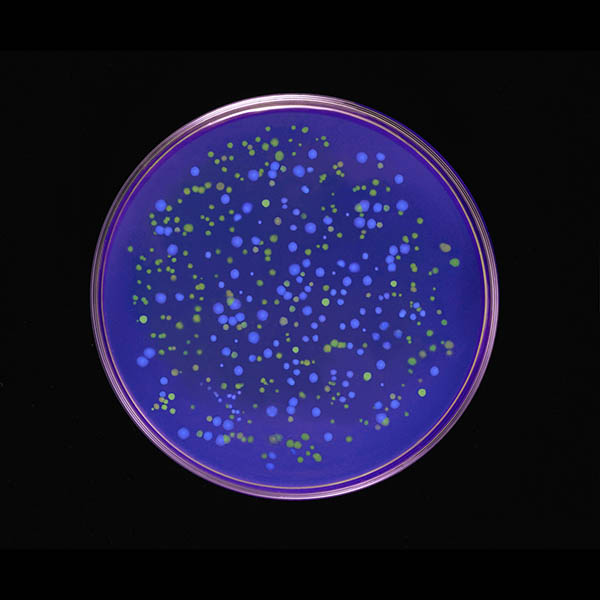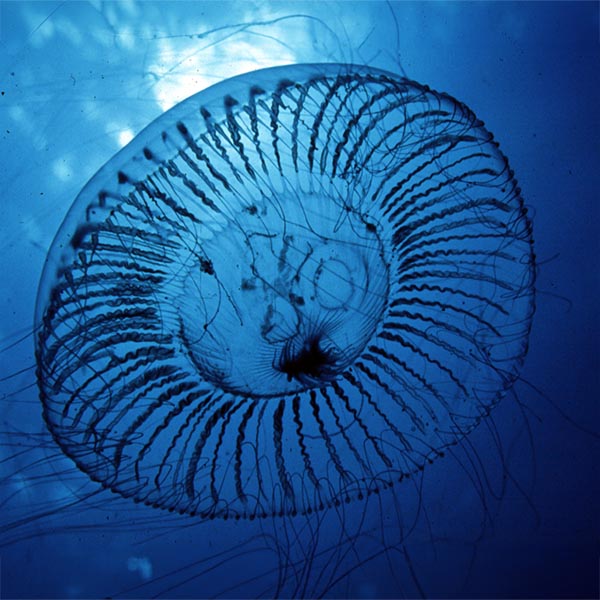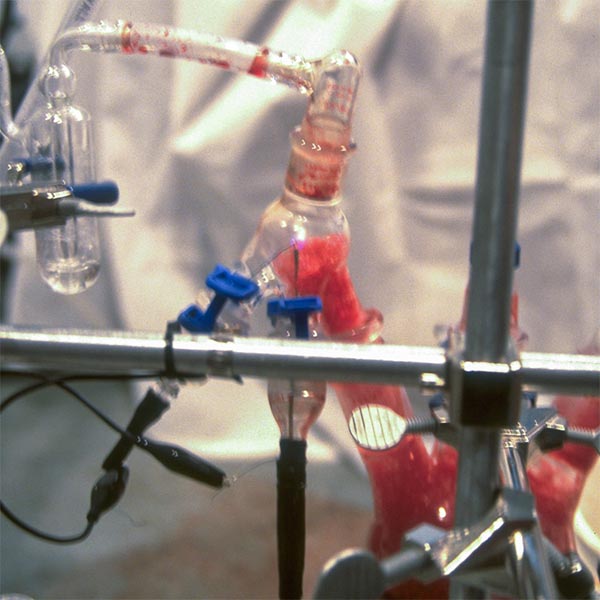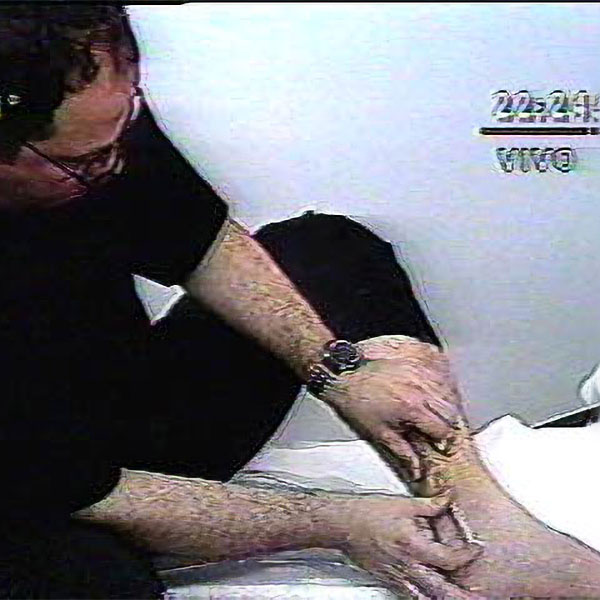Cypher
2009
Cypher is an artwork that merges sculpture, artist's book and a DIY transgenic kit. It measures approximately 13 x 17 " (33 x 43 cm) and is contained in a stainless steel slipcase. When removed from the case, the kit — itself also made of stainless steel — opens up in two halves, like a book. Inside the viewer/user finds a portable minilab. The kit contains Petri dishes, agar, nutrients, streaking loops, pipettes, test tubes, synthetic DNA (encoding in its genetic sequence a poem Kac wrote specifically for this artwork), and a booklet containing the transformation protocol—each in its respective compartment. The key poetic gesture in "Cypher" is to place in the hands of the viewer the decision and the power to literally give life to the artwork. Commissioned by Rurart, France.
